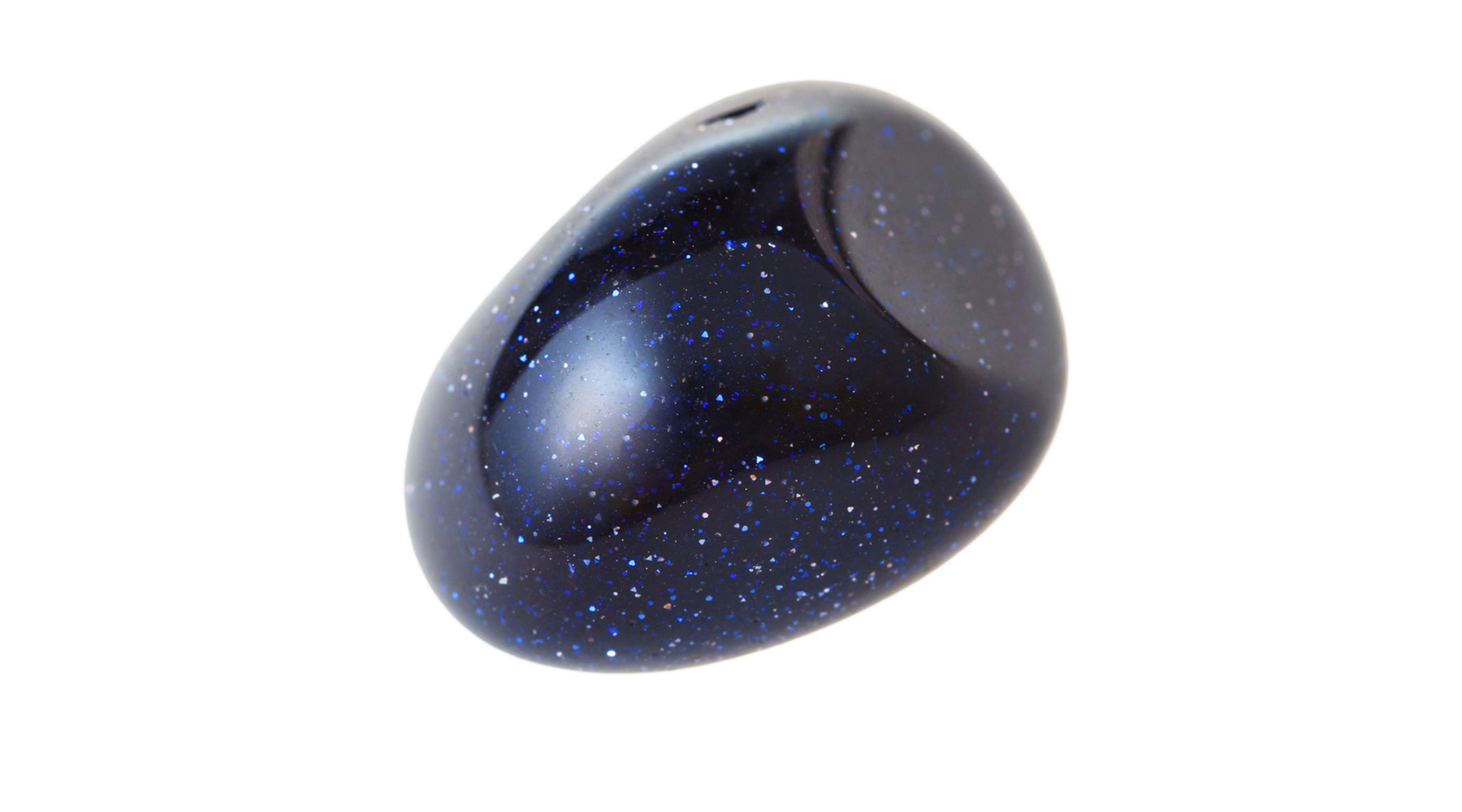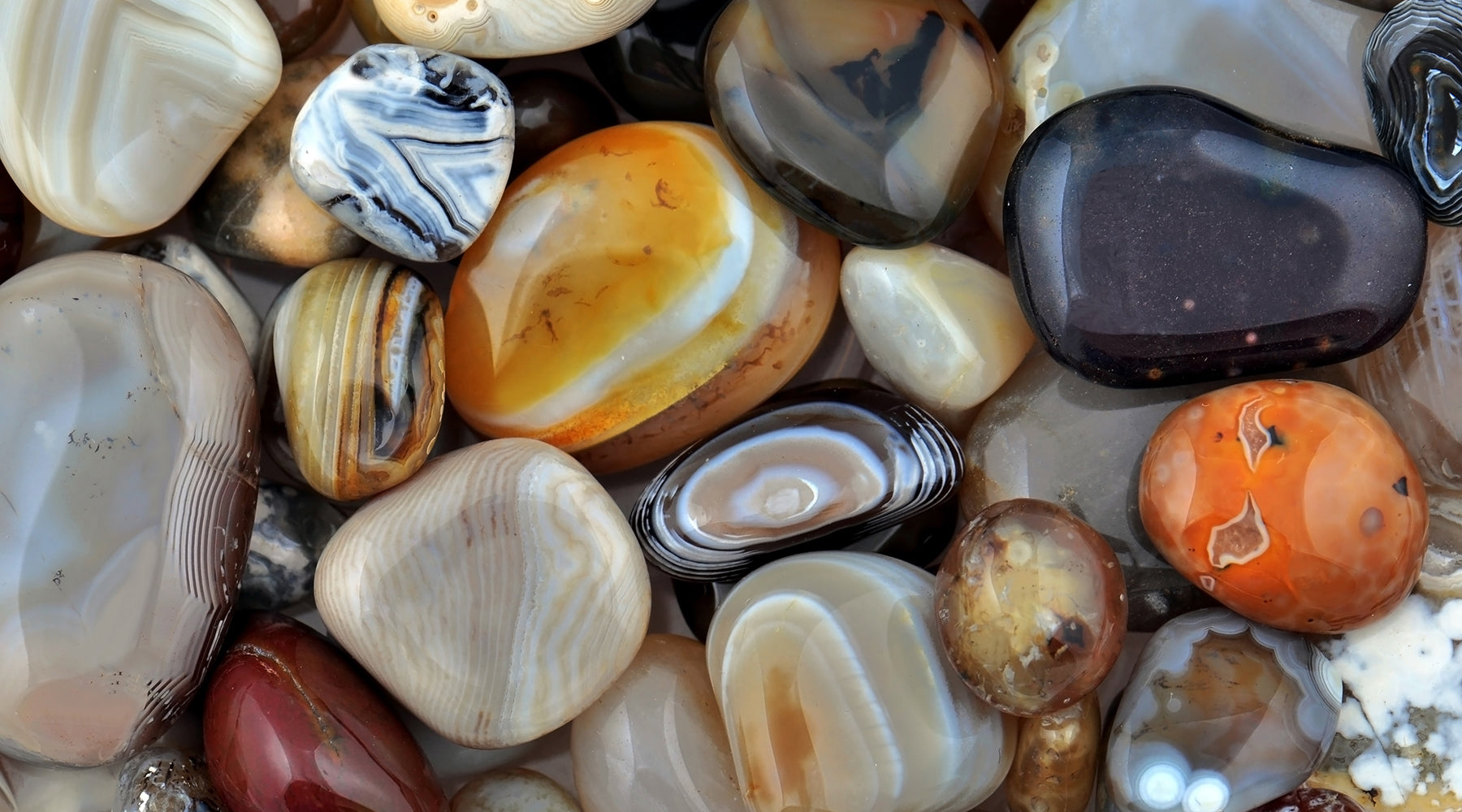Worried about getting a fake citrine?
Citrine is a wonderful stone often associated with wealth and abundance. With its promise to manifest desires, one would want to enjoy the benefits of wearing citrine.
But with its rising popularity comes those who fake citrine stones with glass and heat-treated amethyst. A fake citrine won’t serve its purpose.
So, how do you know if the citrine you’re buying is real?
To identify natural citrine from fake, let’s find out their characteristics.
Characteristics of Natural Citrine vs Fake
Natural Citrine
A naturally occurring citrine is rare in nature. But what does natural citrine look like?
This quartz stone can be characterized by the following:
- Even color. The color of authentic citrine is consistent throughout the crystal. Its hue may range from pale yellow to deep orange.
- No white base. Since the color is uniform throughout the crystal, raw citrine stones don’t have a pure white base.
- Excellent clarity. Hold the stone in the light. Natural citrine has a slightly transparent appearance. It should not contain visible bubbles or inclusions inside.
- Durable. A genuine citrine stone doesn’t chip or break easily.
-
Affordable price. Unprocessed citrine stones are usually priced at $5. Like with any gemstone, the citrine value increases when it gets polished. Anything lower than the said price can be a sign that you’re looking at a fake citrine.
Fake Citrine
Citrine stones are often imitated using two materials: baked amethyst and glass.
How to tell real citrine from baked amethyst
Amethyst is another quartz stone that is often heat-treated in laboratories to imitate citrine’s color. Although the crystal is special in its own right, the amethyst benefits differ from citrine.
You can spot baked amethyst with the following traits:
- Splotchy dark colors. Watch out for deep orange colors that turn drastically lighter from the tips down to the base.
-
Has a pure white base. If you’re buying raw crystals, look at their base. Baked amethyst has a telling white base.
How to tell real citrine from glass
Glass is an even less valuable material used to fake citrine. It does not contain any beneficial vibration of semi-precious stones.
Watch out for these signs that citrine is made from glass:
- Presence of bubbles. Fake citrine contains visible bubbles inside the gemstone.
-
Less durable. Glass materials are easier to chip or break compared to natural citrine.
Final Thoughts
If you want to use the powers of the popular yellow stone, you should only buy real citrine!
Use this guide when looking for a genuine citrine bracelet to wear or a natural citrine money tree to place in your home.
Related Posts:



